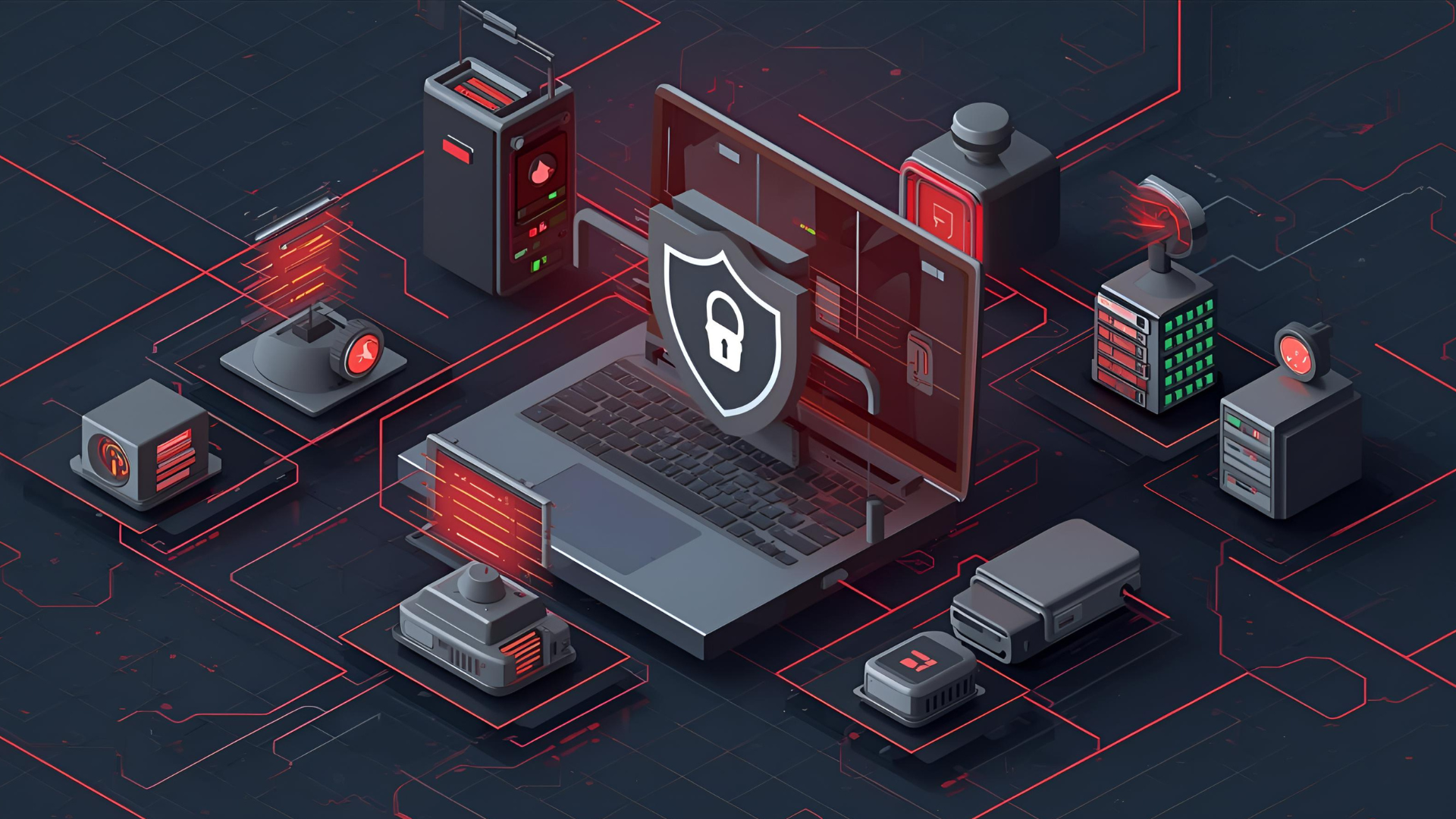Best Practices for Secure Data Backup: Protecting Your Important Files
In today’s digital world, we store everything online: personal photos, work documents, and crucial business data. But what would happen if that data...
5 min read
![]() Totalcare IT
:
Jun 30, 2025 12:09:00 PM
Totalcare IT
:
Jun 30, 2025 12:09:00 PM
Websites play a significant role in collecting and utilizing user data to enhance experiences, personalize content, and deliver targeted advertisements. This data can range from basic details like browser types and IP addresses to highly sensitive information such as names, email addresses, and even credit card numbers. While this practice can improve user engagement, it also raises important questions about how data is gathered, used, and shared. This guide will explore how websites handle user data, highlight best practices for data sharing, and explain why prioritizing data privacy is essential for both users and organizations.
Data collection is a standard practice for websites, involving the gathering of information about visitors to improve functionality and user experience. Websites employ various methods to collect this data, such as cookies—small files stored on your device that track your browsing habits across sites—analytics tools, and form submissions. For instance, when you click a link, scroll through a page, or enter details into a contact form, this activity is often recorded. This data helps websites tailor content, suggest products, or display ads relevant to your interests.
There are two primary types of data collected: first-party data and third-party data. First-party data is gathered directly by the website you’re visiting, including your browsing history, purchase records, or preferences based on your interactions. Third-party data, conversely, comes from external sources, such as advertising networks or data brokers, and might include demographic details (e.g., age or location) or interests inferred from other sites you’ve visited. For example, social media giants like Google and Facebook embed tracking pixels on partner websites to monitor your online behavior, which they then use to refine ad targeting.
While data collection can enhance convenience, it also sparks significant privacy and security concerns. Users deserve to know how their information is handled, shared with third parties, or potentially exploited. This transparency is vital for maintaining trust and ensuring that websites operate ethically. In the next section, we’ll dive into how data sharing works and its implications.
Data sharing involves making user information accessible to multiple parties, such as other businesses, applications, or services. This practice is widespread among organizations and is often facilitated through technologies like File Transfer Protocol (FTP), Application Programming Interfaces (APIs), and cloud storage platforms. Data sharing can boost collaboration—think of teams working on a shared project—or provide valuable insights for marketing, but it also introduces privacy risks if not managed with care.
Different methods suit different needs. APIs enable real-time data exchange between websites and apps, making them ideal for dynamic updates like live chat features. Cloud services, such as Google Drive or Dropbox, offer a centralized hub where multiple users can access and edit files simultaneously. FTP, an older method, is still used for transferring large datasets but requires secure configurations to prevent interception. Each approach has unique benefits, such as speed or scalability, but also challenges, including the need for robust encryption to protect data during transit.
One of the biggest hurdles is keeping sensitive data secure. Without proper safeguards like encryption or strict access controls, shared data can be vulnerable to breaches. Additionally, compliance with privacy laws—such as the General Data Protection Regulation (GDPR) in Europe or the California Consumer Privacy Act (CCPA)—is mandatory. These regulations require organizations to obtain user consent, provide clear data usage notices, and allow individuals to opt out. Ethical considerations also come into play, ensuring data is used only for its intended purpose and that users retain control. Establishing data governance policies and maintaining detailed records of sharing activities are key to addressing these challenges effectively.
Effective data management is crucial for fostering trust and meeting legal obligations. By collecting only what’s necessary and securing it properly, websites can reduce breach risks and simplify compliance with privacy laws. Here’s how to approach this responsibly:
Adopting these practices ensures websites handle data ethically and securely, protecting both users and the organization’s reputation.
Data privacy is a fundamental right that gives individuals control over their personal information. Organizations must implement processes and tools to safeguard the confidentiality and integrity of this data, fostering a secure online environment. This includes training employees on compliance requirements and leveraging technologies like encryption and access management systems.
Privacy regulations like GDPR and CCPA impose hefty fines—up to €20 million or 4% of annual global turnover under GDPR—for non-compliance, making it a legal imperative. These laws require informed consent, transparent data usage, and the ability for users to request data deletion. Beyond legalities, prioritizing privacy builds user trust, which is critical for business success in a competitive digital market.
Achieving compliance is an ongoing effort. Organizations should regularly review privacy policies to reflect new laws or practices, conduct security audits to identify weaknesses, and maintain logs of data processing activities. For instance, documenting every instance of data sharing can help demonstrate compliance during regulatory reviews.
Transparency is the cornerstone of user trust. Websites should provide clear, accessible information about data practices—perhaps through a concise privacy notice on the homepage—and offer easy ways for users to adjust settings or withdraw consent. This openness reassures users that their data is handled with care, encouraging continued engagement.
Users play a vital role in safeguarding their own data in an increasingly tracked digital world. By adopting proactive habits and leveraging available tools, individuals can minimize privacy risks. Here are some effective strategies:
Knowledge is power when it comes to data privacy. Take time to read privacy policies—yes, they can be lengthy, but they reveal how your data is used. Attend webinars or follow reputable cybersecurity blogs to stay informed about new threats, like advanced tracking techniques. Understanding these dynamics empowers you to make smarter choices, such as avoiding sites with unclear data practices.
By staying vigilant, users can significantly reduce their digital footprint and enhance their privacy.
With data collection and sharing becoming more prevalent, taking control of your online privacy is more important than ever. At our company, we specialize in guiding individuals and businesses through the complexities of data privacy and security. Whether you need help crafting privacy policies, securing your website, or educating your team, we’re here to assist.

In today’s digital world, we store everything online: personal photos, work documents, and crucial business data. But what would happen if that data...

In today’s digital landscape, safeguarding personal data has become more critical than ever. The dark web, a hidden corner of the internet, poses...

At TotalCare IT, we’ve seen firsthand how much manufacturing has changed. It’s no longer just about machines and materials—it’s about data. From CAD...